By Christopher Miskimon
One morning in early January 1882, Japan took its first unknowing step toward eventual world war. On that day Mutsuhito, the emperor of Japan, handed a document known as the Imperial Rescript to Soldiers and Sailors to Army Minister, Oyama Iwao. The rescript was essentially a code of conduct for the Japanese military, of which Mutsuhito was the nominal head. It called upon the members of the Army and Navy to give him their loyalty and look to him as their commander. Unfortunately, what the rescript and eight years later the Meiji Constitution declined to specify was the subordination of the military to the civilian government. This oversight would lead down a path to war by 1941.
This trail was by no means a certain one, however. Even today, many see Japan’s decision to go to war against the United States as an almost unilateral one, with only some Army-Navy tension and a grimly prophesying Admiral Yamamoto expressing any dissent. The actual road was much rougher, and the discussions were not one sided. This argument for Japan’s dangerous journey to Pearl Harbor is well put in Japan 1941: Countdown to Infamy (Eri Hotta, Alfred A. Knopf, New York).
The author asserts the Japanese leadership did not succumb to pride and confidently expect victory over the United States and the British Empire. Rather, most if not all of Japan’s leaders knew they were starting a war they would most likely lose. They went forward anyway due to a combination of circumstances that left them believing they had no other choice. The Japanese political system made war an easier decision than peace. The military had dual roles relating to both the government and emperor, creating a situation ripe for intrigue and political maneuvering. Even within the military there were bitter rivalries between the Army and the Navy over the direction the nation was going.
During the few years prior to Pearl Harbor, Japan was struggling to find a way in an increasingly difficult world situation. The war in China had bogged down and there did not seem to be a way out of it. As an island nation dependent on imported resources, Japan had designs on becoming a regional power to secure its economy and long-term prosperity. This imperial ambition was being resisted by the United States in economic terms and by the Soviet Union in a series of border clashes, which culminated in Japanese defeat in 1939. The ruling elite were still bent on expansion despite the fact it was creating turmoil with Western powers. While Japanese leaders often spoke of peace, their actions were increasingly provocative.
This seeming rift between word and action was further widened when Japanese Foreign Minister Matsuoka Yosuke aligned his country with the Axis powers. Educated in the United States, Matsuoka also courted favor with Josef Stalin and the Soviet Union to some degree. Despite many of Japan’s leaders speaking openly of a desire for peace, the nation was publicly aligning itself with aggressive Fascist regimes abroad. To America and other Western nations, this effectively destroyed any basis for trust in the Japanese government, making war even more likely.
Japan also had cultural biases that increased the certainty of war. There were preexisting notions of honor, pride and face-saving. These combined to make it difficult for many Japanese leaders, especially those in the military, to back down from perceived insults or threats. While theirs was certainly not the only culture to possess such values, in Japan these qualities were especially acute. In 1941 the Japanese people, like others throughout history, went to war in large part because they simply were unable to not go to war. That even national leaders are subject to the frailties of the human ego is shown well in this book. Rather than the war criminals and villains of common understanding, Japan’s leaders, even including the much criticized Tojo, were really just men filled with doubts and fears, blinded by their own cultural biases, and unwilling to step down. They were willing to take an enormous gamble with their nation and people, but it was a gamble they lost.
The author is a scholar specializing in Asian Studies and history. This book is the product of extensive research in an area where few others have chosen to go. The result is a new look at Japan’s road to war with the United States, a subject of which even most students of the war have only a most basic understanding. This book delves into the political landscape of the era to provide better comprehension of how Japan brought itself to the waters off Hawaii in December 1941.
Short Reviews
The German Aces Speak II: WWII through the Eyes of Four More of the Luftwaffe’s Most Important Commanders
(Colin D. Heaton and Anne-Marie Lewis, Zenith Press, Minneapolis)
The feats of Germany’s ace pilots are fairly well known in general terms, even if their names are not always familiar to most. This pair of authors’ second volume on German aces goes into fascinating detail on the experiences of four of the Reich’s top air warriors. The text covers not only their combat service, but also descriptions of their daily lives while off duty, what they did after the war, and what they thought about fighting for men such as Adolf Hitler.
Johannes Steinhoff fought his enemies 543 times during 976 missions, downing 176 enemy planes. Like his fellow aces in this book, he served in the postwar German Air Force and retired with a chest full of medals, several of them from his former opponents. Colonel Erich Hartmann had 352 kills and spent 10 years as a prisoner of the Soviets after the war. Dietrich Hrabak flew more than 1,000 missions and gave credit for a disputed kill to the other pilot. His motto was, “Hit first, hit hard, and bring your men home alive.” Gunther Rall shot down 275 enemy planes on both fronts, losing his thumb in a dogfight with American P-47 Thunderbolts in May 1944. Shot down eight times himself, he was captured by the Americans. It is notable that all four men survived the de-Nazification process and went on to serve NATO in the German Air Force. It is their wartime exploits that speak the loudest despite the wrongness of the cause they served. Detailed and easy to read, this book will entertain expert aviation enthusiasts and novices alike.
Scouts Out: A History of German Armored Reconnaissance Units in World War II
(Robert Edwards with Michael H. Pruett and Michael Olive, Stackpole Books, Mechanicsburg)
Reconnaissance is a vital aspect of warfare. Knowing what the enemy is planning, where it is, and what it is preparing to do can easily spell the difference between victory and defeat. The German Army understood this and incorporated scouting units into its new panzer divisions as mobile warfare doctrine was developed. The increased mobility conferred by mechanization made accurate reconnaissance even more important as the far-ranging columns could easily outstrip supporting units. When the Germans formed their scouting units, they decided to equip them with more than motorcycles and light cars or trucks. They assumed their scouts would have to fight to gain the information they sought and issued armored cars and half-tracks, armed with machine guns, light cannons, and 75mm field guns. This gave them a formidable punch and reduced the reliability on stealth. This occasionally meant the reconnaissance units could get in over their heads or were used as fighting formations when nothing better was available.
The story of the armored reconnaissance units is well told here. The book takes the reader through the entire range of the scouts’ story from the development of their doctrine to how the units were organized, trained, and equipped. Numerous tables and charts, many of them from original manuals, spell out how armored scouting forces were put together and used. Hundreds of original photographs show how the soldiers lived and fought day to day. Their uniforms and insignia are shown in many color plates. The history of each major armored reconnaissance unit is given in detail. Students of armored warfare, reenactors, and wargamers can all find something to interest them.
Hitler’s War: World War II as Portrayed by Signal the International Nazi Propaganda Magazine
(Jeremy Harwood, Zenith Press, Minneapolis)
Signal magazine was the German Army’s propaganda publication. It began appearing biweekly in April 1940, just as Nazi forces were invading Denmark and Norway. As German fortunes waxed across Europe, the circulation of Signal grew to 2.5 million copies. During and after 1943, however, those fortunes waned, and the situation became increasingly grim. Germany faced defeat, but one would have had a hard time telling that by reading Signal. The magazine continued as if the nation were not in mortal peril. Early in the war readers would peruse articles and imagery showing the seemingly inexorable advance of the Wehrmacht. Later, when there were no victories to exhibit, the tone changed. While there were still no admissions of defeat, readers were now seeing patriotic exhortations to fight heroically. Articles showed pictures of life at home, wives, mothers and children who were worth fighting for and protecting. The last edition of the magazine was published in March 1945, shortly before the war ended.
Signal is widely known as a propaganda tool, but now a reader can see, translated into English, exactly how it was used to shape opinion and knowledge of the war for the average German soldier and civilian. The author has chosen a range of articles from the magazine’s pages which provide insight, from photo essays of action-packed air attacks by Stuka dive bombers to a racially charged article showing Arab and African soldiers labeled as “Defenders of French Culture.” This book shows the evolution of the magazine and places it in context with the rest of the War in Europe.
The Cover-up at Omaha Beach: D-Day, the US Rangers, and the Untold Story of Maisy Battery
(Gary Sterne, Skyhorse Publishing, New York)
One of the controversies of the D-Day invasion was the attack on Pointe du Hoc. A select force of U.S. Army Rangers was to scale the cliffs leading up to a German artillery battery and silence the guns so they could not be used against either the invasion fleet or the landing beaches. In the event, the Americans stormed up to cliffs in a perilous assault that proved initially pointless. The gun emplacements were empty. The Rangers pushed on and three days later captured another German battery near the village of Maisy. This well-built position included bunkers, trenches, and even a hospital. Few people today know of it.
The author, a collector of military memorabilia, only learned of it when he bought a pair of American uniform trousers. In the pocket was a map showing the location of the battery no one knew was there. He went to it and found an overgrown field. Searching it, he found the entrance to a bunker. From there, Mr. Sterne eventually bought the property and began excavating it until he had unearthed the entire complex. Eventually, he restored it complete with German howitzers and opened it as a historical site. During this time he researched the battery, curious as to why it was unknown and unmentioned in most histories of the Normandy fighting. Using records from numerous sources and interviews with surviving veterans, Mr. Sterne pieced together what he believes happened and why he thinks the Rangers were sent to Pointe du Hoc and not told about Maisy. While one might worry the book is little more than a way to draw attention to the author’s years long project, he makes his arguments forcefully and includes extensive detail in making his case. Even if one does not agree with the assertions made in this work, it is a fascinating account of a largely unknown battle.
Into the Dark Water: The Story of Three Officers and PT-109
(John J. Domagalski, Casemate Publishing, Havertown)
Despite its diminutive size, PT-109 is one of the most famous vessels in U.S. Navy history. This patrol torpedo boat was the one that carried future President John F. Kennedy to fame when it was sunk in action, cut in half by a Japanese destroyer. An expert swimmer, Kennedy was left to rescue his shipmates. Their ordeal and rescue, well known as it is, deserves to be told again, and it is recounted here in detail along with Kennedy’s time as PT-109’s commander before its date with destiny.
There is more to PT-109 than Kennedy, however. Before his arrival, two other men captained the torpedo boat, Bryant Larson and Rollin Westholm. They led the crew through numerous fights in the waters near Guadalcanal. Most missions were carried out at night, darkness providing a modicum of protection for the tiny craft. The PT boats dueled with the Japanese destroyers that prowled the area. As the enemy learned how to fight the PTs, it used aircraft to spot the luminescence of their wakes at night and positioned artillery-toting barges to ambush them. It was a game of hide-and-seek with the highest stakes.
The author is a Pacific War historian specializing in the Guadalcanal fighting. His account of one ship and its three commanding officers not only sheds light on PT-109, but also on the service of torpedo boat crews in general. It took daring and initiative to command such a tiny warship aggressively, and this book conveys their audacity in full measure.
Forgotten Fifteenth: The Daring Airmen Who Crippled Hitler’s War Machine
(Barrett Tillman, Regnery History Publishing, Washington, D.C)
The U.S. Fifteenth Air Force fought in southeastern Europe, in many ways the backwater of the European Theater. While the Eighth Air Force hit Germany, the Fifteenth took the battle to the factories and oil refineries out of range of the England-based bombers. These targets were vital to the Axis war effort, and the Germans knew it, covering them with a thick layer of defenses including both fighters and antiaircraft guns. The pilots and aircrews of the Fifteenth fought through these defenses to hit the Nazi war machine where it could least afford it.
Author Barrett Tillman is well known for his writing on military aviation. Fans of his prior books and new readers alike will enjoy what they find here. The writing is clear and easy to follow, creating a vivid account of a hard working yet often ignored unit that contributed much to the Allied victory.
Alex’s Wake: A Voyage of Betrayal and a Journey of Remembrance
(Martin Goldsmith, Da Capo Press, Philadelphia)
One of the saddest tales of World War II is the voyage of the ship St. Louis. In May 1939, the liner set sail across the Atlantic with 937 Jews fleeing persecution in Germany and Eastern Europe. They hoped to disembark first in Cuba before eventually moving on to the United States and elsewhere. Unfortunately, a changing political situation in Cuba resulted in their being barred from setting foot there. The ship then turned toward the United States and Canada, but each time was refused permission to land its passengers. Finally the St. Louis returned to France. During the war many of the refugees died in concentration camps.
Two of these passengers were Alex and Helmut Goldschmidt. Alex’s grandson, the author, retraced their voyage recently in an effort to understand and deal with the unjust fate of his ancestors. This book recounts both their experiences and his personal journey.
The Inventor’s War 1933-47: The Durable Ideas and Innovations of World War Two
(Craig Suter, Krieg Books USA, Tucson)
One might be surprised to learn that it is Adolf Hitler’s fault that Twinkies taste the way they do. During the Great Depression the Continental Baking Company introduced the ever popular snack to round out its product line. The Twinkie was a success partly due to its banana crème filling. During World War II bananas became a hard to get. U-boats prowled the seas, and shipping space was reserved for war related material. The company wanted to continue making its fast selling treat, so it switched to vanilla crème. Later in the war bananas were available again, but the buying public preferred the new taste. So the still popular Twinkie retained it vanilla flavor.
While the reader can decide the Fuhrer’s culpability in snack flavoring, the story is true and just one of hundreds available in this new book. The author has painstakingly catalogued various inventions, social developments, and improvements in medical technology that were developed or significantly improved in response to the needs of World War II. Attention is paid to devices both great and small, from atomic power and antibiotics to the ballpoint pen. The diversity of the selections is also interesting, from the effect of the GI Bill to technical subjects like the Protein Type Mechanical Foam the U.S. Navy developed for fire extinguishing aboard ships.
The book can be serious as well as lighthearted. Take the case of the Bird Gun. Developed to test the ability of new high-performance aircraft to withstand mid-air collisions with birds, this compressed air cannon threw bird carcasses at airplanes at anywhere from 75 to 300 miles per hour. While many unfortunate birds met their fate in the conduct of such tests, designers learned how to engineer planes to survive such high speed disasters. One simply had to remember not to use frozen birds, which bashed their way through any fuselage with ease.
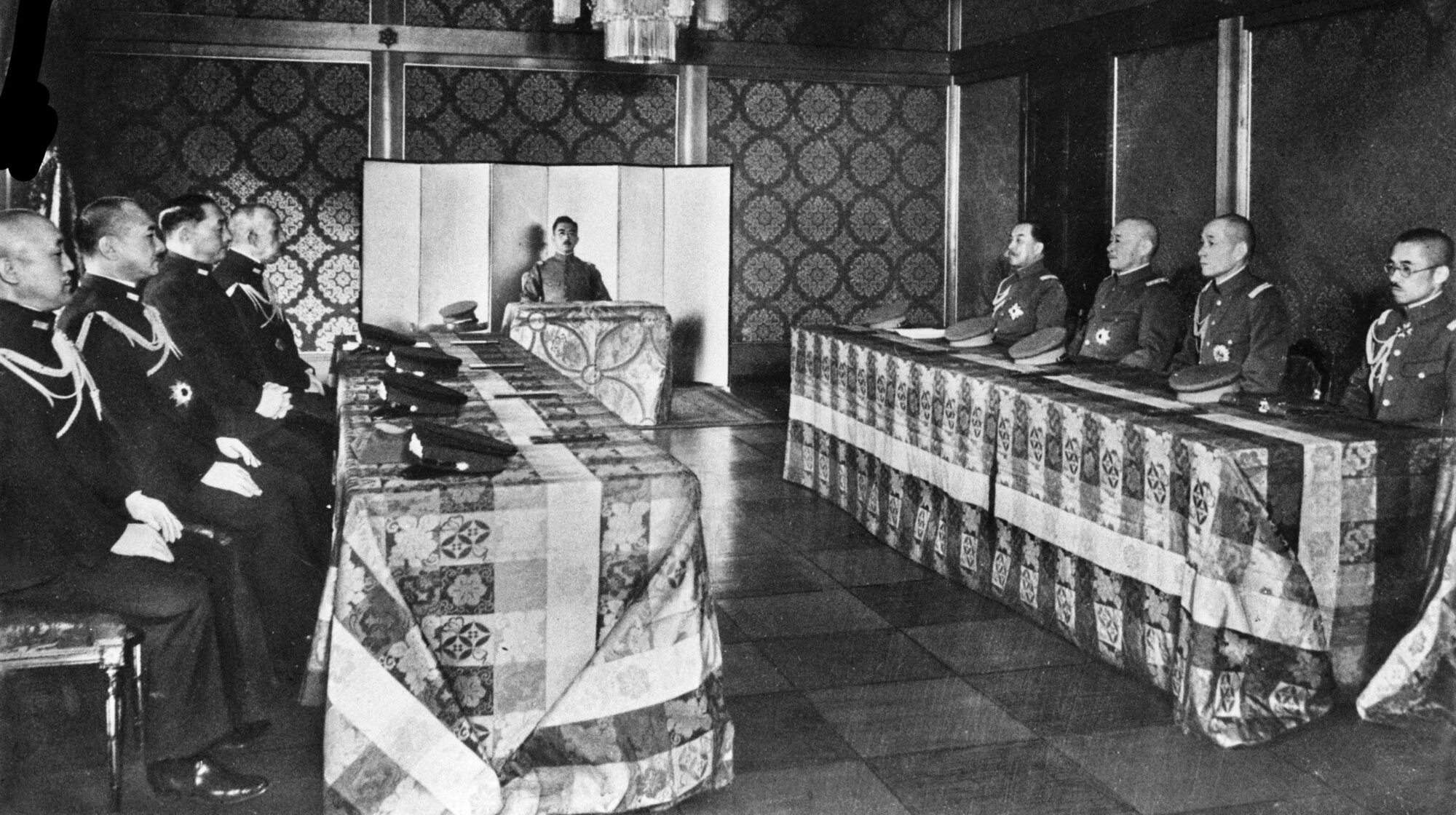
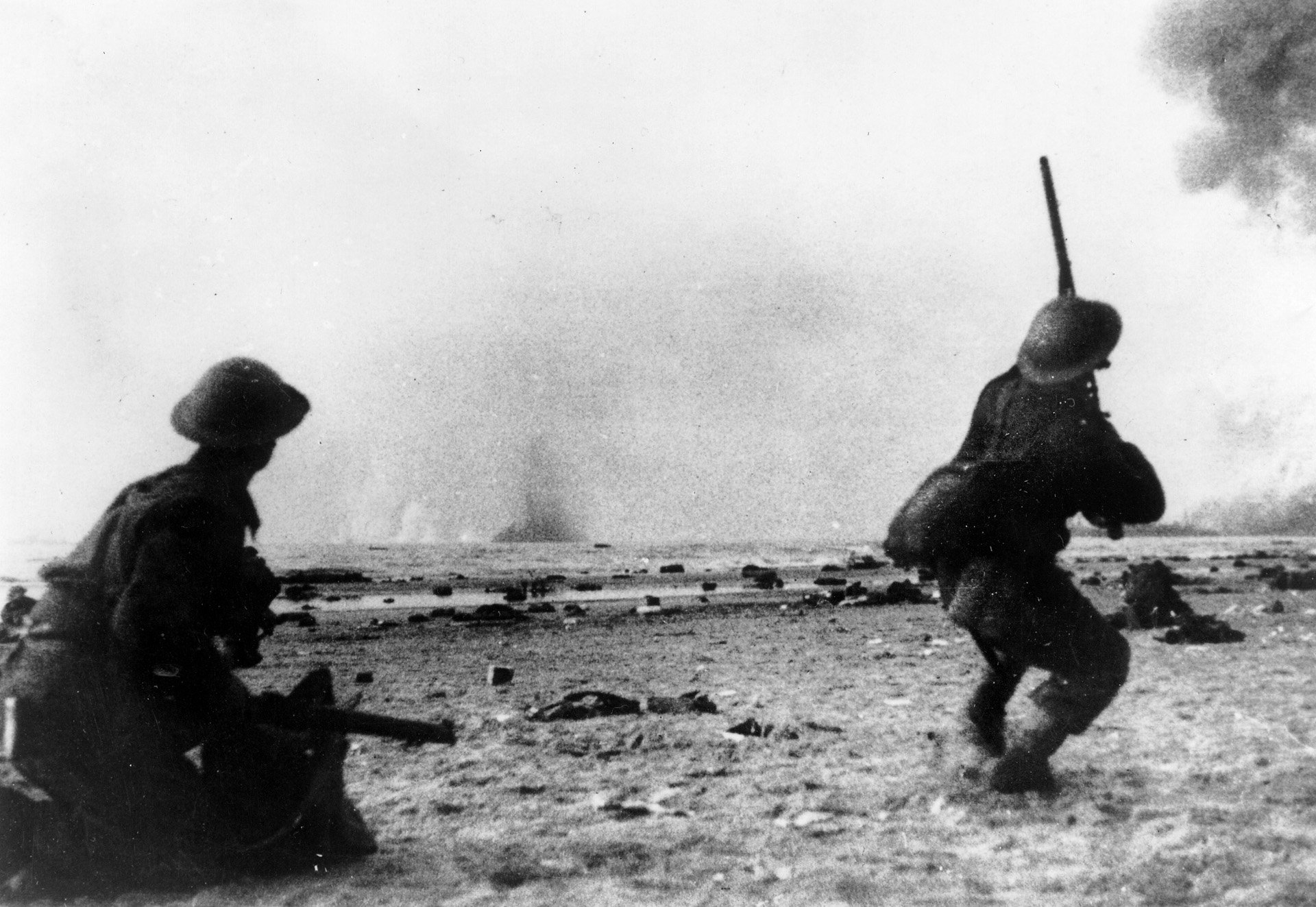
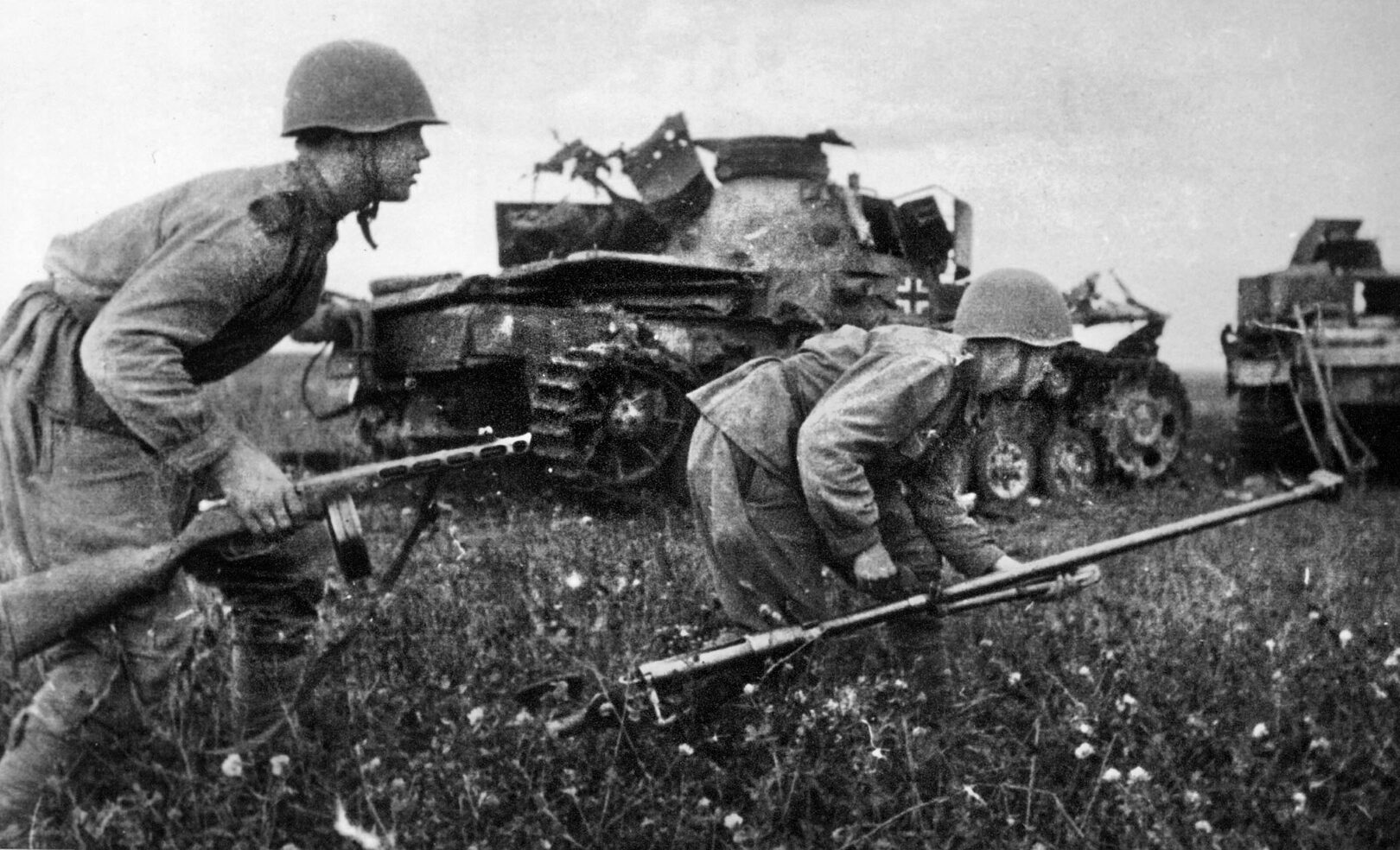
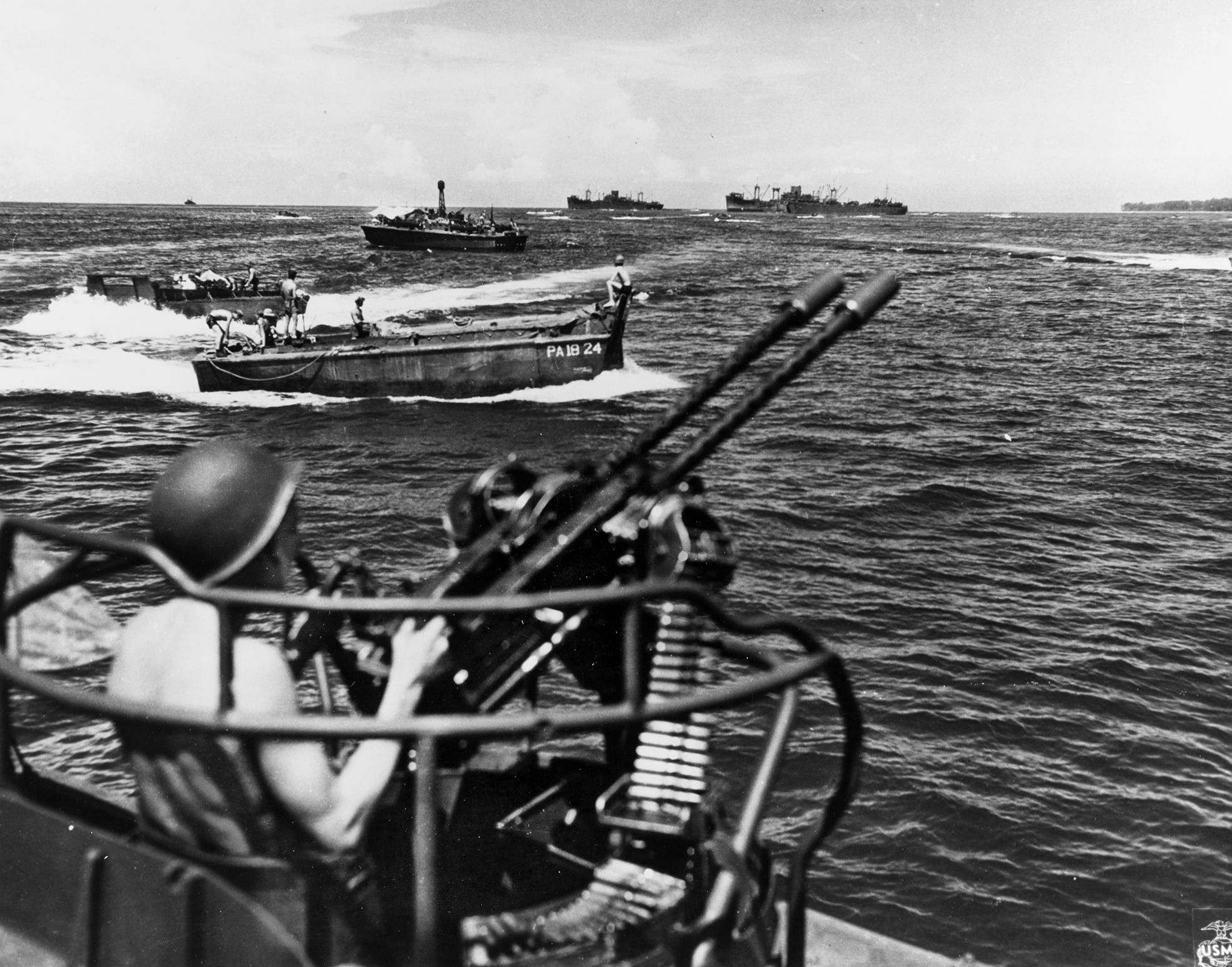
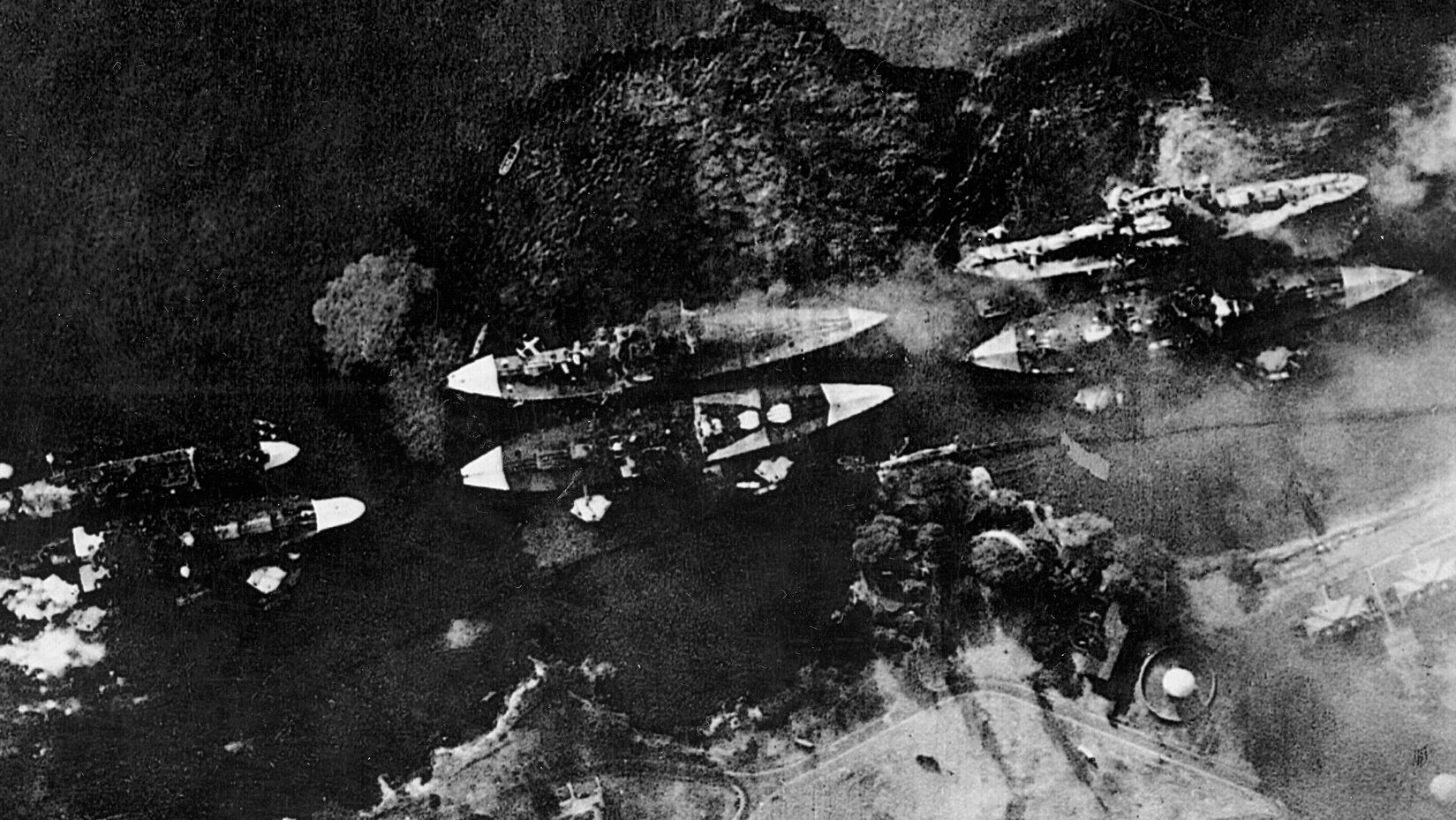
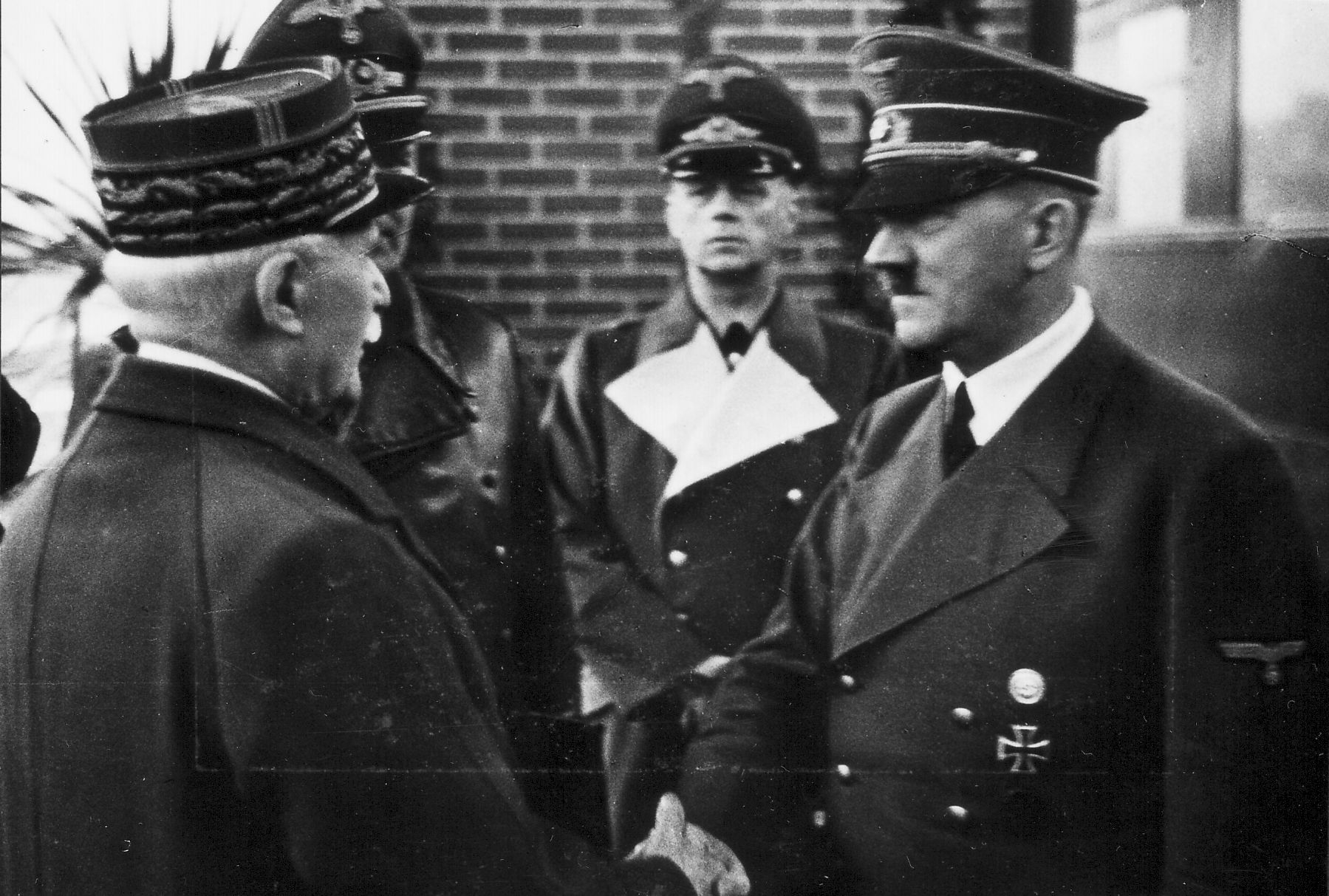
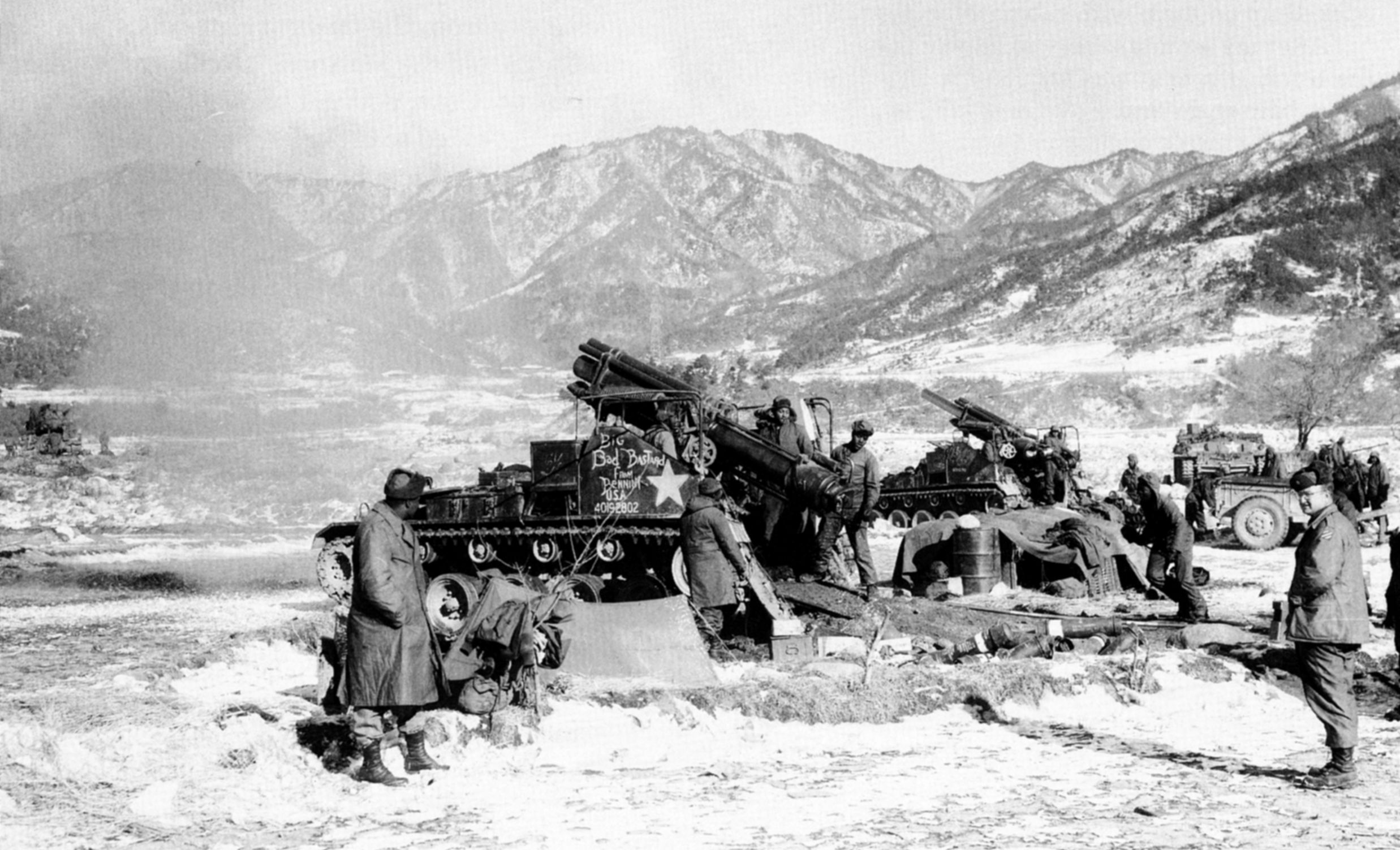
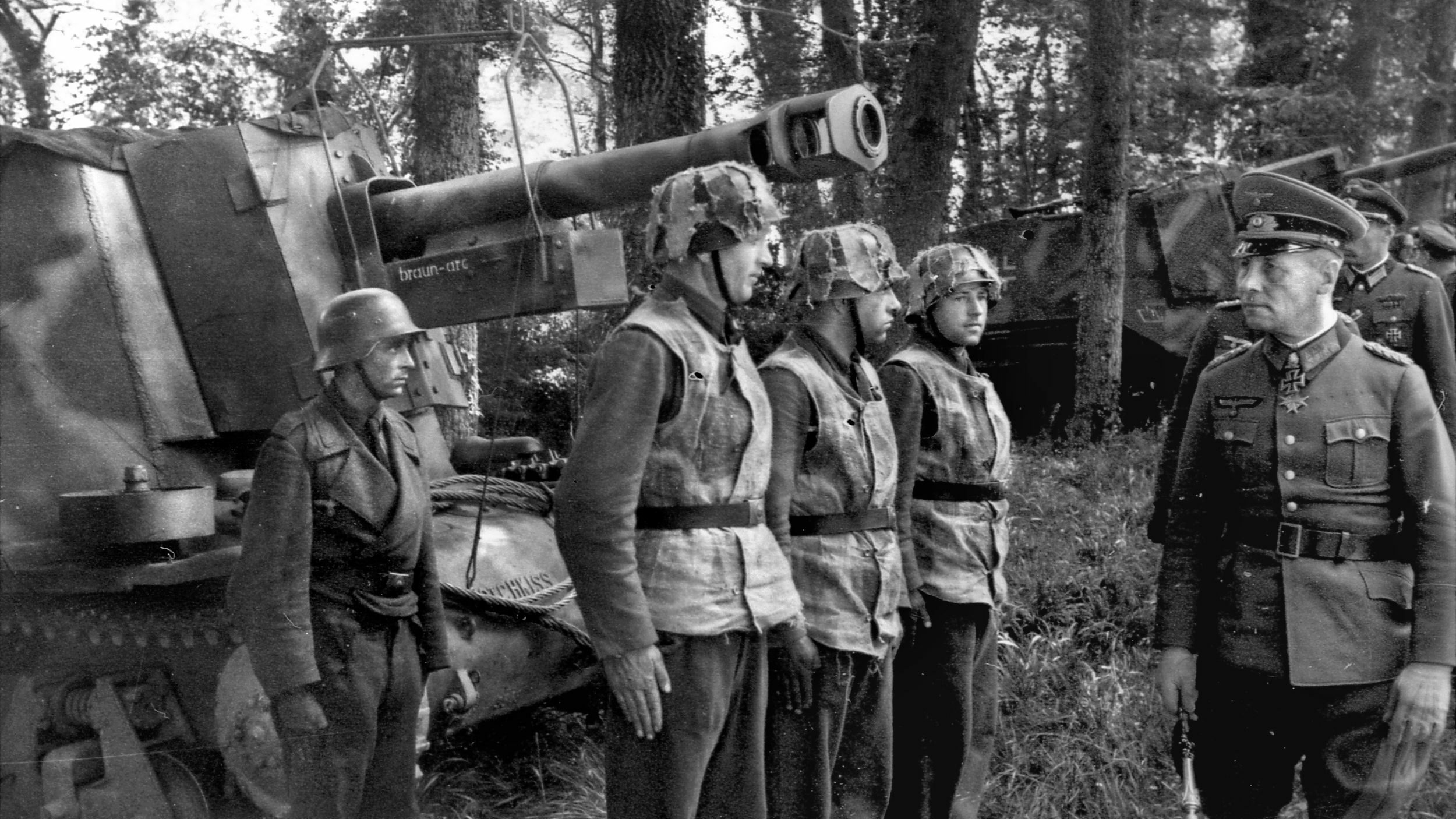
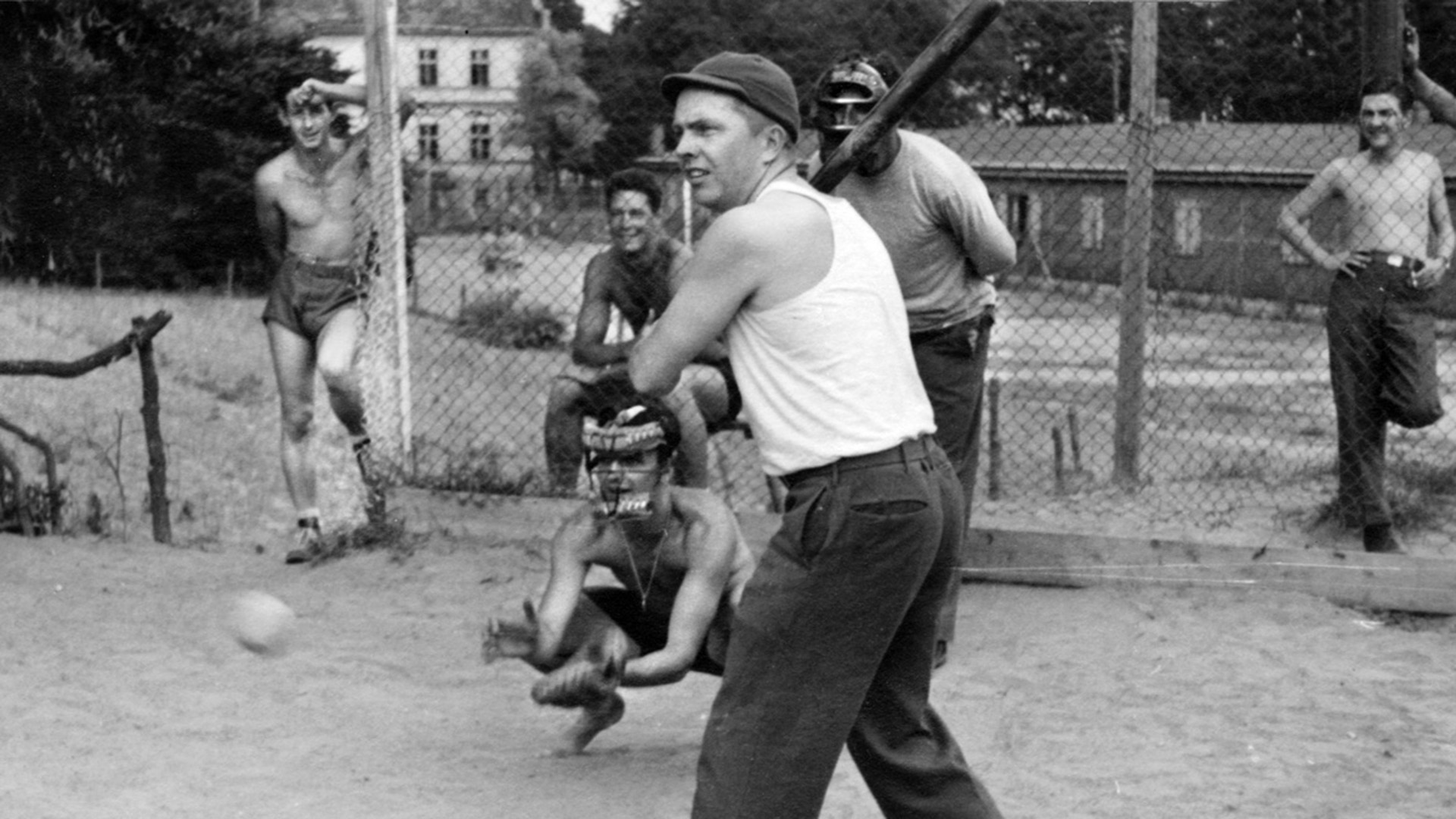
Join The Conversation
Comments
View All Comments